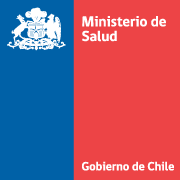Zika Virus in the Americas
The explosive pandemic of Zika virus infection occurring throughout South America, Central America, and the Caribbean (see map) and potentially threatening the United States is the most recent of four unexpected arrivals of important arthropod-borne viral diseases in the Western Hemisphere over the past 20 years. It follows dengue, which entered this hemisphere stealthily over decades and then more aggressively in the 1990s; West Nile virus, which emerged in 1999; and chikungunya, which emerged in 2013. Are the successive migrations of these viruses unrelated, or do they reflect important new patterns of disease emergence? Furthermore, are there secondary health consequences of this arbovirus pandemic that set it apart from others? “Arbovirus” is a descriptive term applied to hundreds of predominantly RNA viruses that are transmitted by arthropods, notably mosquitoes and ticks. Arboviruses are often maintained in complex cycles involving vertebrates such as mammals or birds and blood-feeding vectors. Until recently, only a few arboviruses had caused clinically significant human diseases, including mosquito-borne alphaviruses such as chikungunya and flaviviruses such as dengue and West Nile. The most historically important of these is yellow fever virus, the first recognized viral cause of deadly epidemic hemorrhagic fever.
Fuente: New England Journal of Medicine. January 13, 2016
